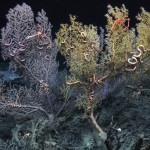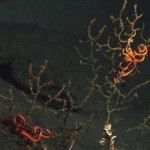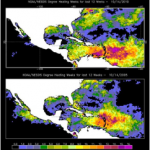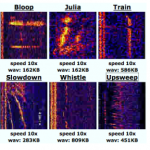From the wire…
A vast stretch of deepsea coral reefs in the south Atlantic passed a key step toward full federal protection as a special habitat where destructive fishing trawls are prohibited.
The deepwater coral reefs, spanning 23,000 square miles from the North Carolina down to the Florida coast, are a relatively pristine habitat, rich with marine life existing along the bitterly cold, dark sea floor in waters more than 1,300 feet deep.
A regional advisory council, the South Atlantic Fishery Management Council, voted late Thursday to grant special habitat protections to the deepwater reefs, barring trawling and other fishing methods that could destroy the coral.
However, the protection plan sets aside specific areas where golden crab fisherman can set their crab pots and continue their livelihood. The golden crab fishing fleet, based in Fort Lauderdale, is the only commercial fishing group that targets these deepwater reefs and scientists say the crab traps used do not cause widespread damage to the reef.
Though the council’s vote was considered crucial, the protection plan must be approved by the National Oceanic and Atmospheric Administration to take effect.
Conservation groups hailed the council’s decision, calling it one of the first times any of the nation’s regional fishing councils moved so quickly to protect such a large section of U.S. waters. They also credited a 10-year effort to study the reefs and coordinate with the golden crab fishermen to ensure protection for the reef and continued work for the crabbers.
“The plan could not have happened without the scientists who shared privileged data, the fishery managers who imagined this stunning outcome, and the fishermen who worked side-by-side on the design,” said Doug Rader, chief oceans scientist for the Environmental Defense Fund, who has been working on deepsea coral protection for the past decade.
A scientific expedition recently studied several reef sites about 50 miles off Cape Canaveral, mapping the territory, sampling the marine life and finding some animals that could hold promise for biomedical research.





